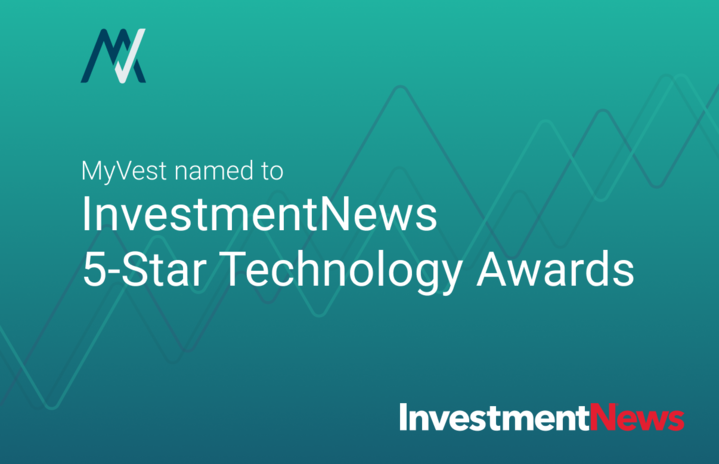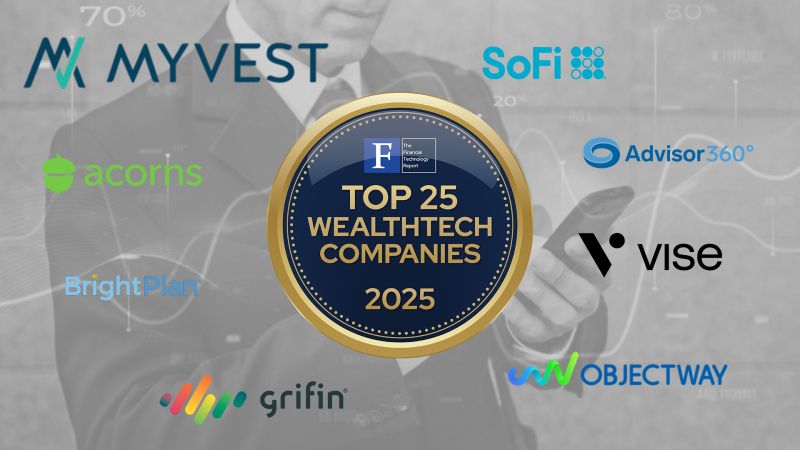This blog recaps a recent article published in Financial Advisor Magazine | Hosted by reporter Christopher Robbins | February 17, 2023
MyVest CEO, Anton Honikman, recently sat down with Christopher Robbins of Financial Advisor Magazine to discuss his view of direct indexing, its potential benefits and drawbacks, how a deficiency in user experience is preventing widespread adoption of direct indexing in 2023, and more.
The rise of direct indexing has been discussed widely in the wealth management space lately, with many firms announcing their own direct indexing offerings or indicating their intentions to do so.
On the current state of direct indexing and its future
Direct indexing should continue to see wider engagement and use in 2023, according to Anton, but he believes it is not yet ready for the bulk of the wealth management industry.
“I’m not necessarily of the view that 2023 will be the year that direct indexing becomes broadly democratized. There’s a different discussion about bringing direct indexing to a broader market,” said Anton. “What’s hindering that is the need for a better user experience with direct indexing.”
While Anton is bullish on direct indexing’s future, he notes that the technology is not yet in place to unlock its full potential. Improved technology will enable the personalization of both financial plans and portfolios at scale.
“Critical experiences are holding back the democratization of direct indexing,” Anton said. “I don’t think of direct indexing as a product but rather as a solution wrapped in an experience. Then there are deficiencies in those experiences that need to be addressed. Examples include profiling and preference capture at scale. To really do direct indexing, you have to go beyond the traditional risk-profile questionnaire and steer more towards values, needs, goals, tax profiles, tax returns and tax budgets, carryforwards and the like.”
At the moment Anton notes, it makes more economic sense for many wealth management firms to offer the next best alternative for smaller clients: low-cost and tax-efficient ETF-based portfolios.
On personalization
For Anton, direct indexing is another symptom of a wider movement towards personalized experiences, and not just a novel mode of investing. “What’s driving change are big demographic shifts and the ubiquity of information, Moore’s law and the continued reduction in the cost of technology, and advancements in digital technology,” said Anton. “Where that’s heading is not just personalized investment solutions of which direct indexing is an example, but wealth management firms delivering personalized experiences for their clients.”
On alternatives
Anton suggests that while technology is enabling private-market opportunities for more investors, he thinks that products that are outcome-oriented will come into portfolios over the next year.
“I like the technology firms focused on structuring investment solutions for certain objectives or outcomes, like tail-risk management or retirement income, using structured products and insurance products to alter outcomes,” said Anton. “This is really an exciting frontier for alternatives. Some of these innovations will end up being better for someone than just a 60/40 portfolio.”
Read the full article on Financial Advisor Magazine.




![MyVest Byline: The Evolution of the UMA from 1.0 to 3.0 [Wealth Management]](https://myvest.com/wp-content/uploads/wealth-management-logo.webp)
![MyVest CEO predicts growth in model-delivery direct indexing [FundFire]](https://myvest.com/wp-content/uploads/Fundfire-1.png)
![MyVest CEO talks UMA upgrades and industry trends [FundFire]](https://myvest.com/wp-content/uploads/Fundfire.png)